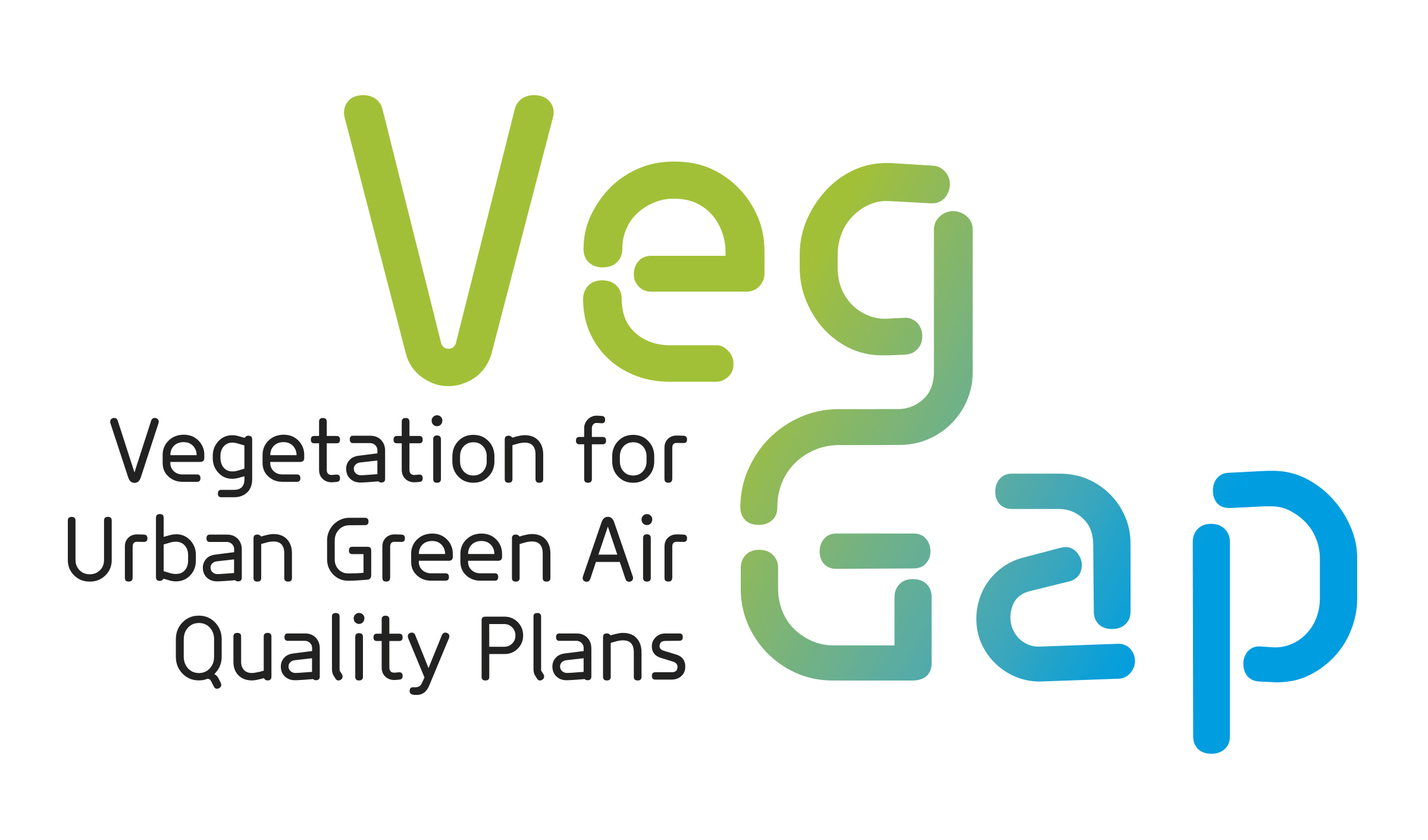Light and
dark elements emerge from the "Environmental Data Survey" in the
cities that ISTAT carries out annually. The data for 2020, just released by the
Institute, show an environmental and climate situation rather worrying for the
main Italian cities. The only positive element is that of urban forestation,
which is constantly increasing.
In 2020, the
average temperature is equal to +16.3°C (calculated as the average of the
values of thermopluviometric stations of the 24 regional capitals and
metropolitan cities), an increase of 0.3°C on the corresponding average value
of the decade 2006-2015. Considering
only the regional capitals, for which large and complete data sets are
available, the average temperature, equal to +15.8°C, shows an anomaly of
+1.2°C over the 1971-2000 climate value.
In all cities
the average temperature anomalies are positive and due to temperature
increases, both minimum and maximum: the highest are found in Perugia (+2.1°C),
Rome (+2°C), Milan (+1.9°C), Bologna (+1.8°C) and Turin (+1.7°C).
2020 is
presented as the least rainy year of the last ten, together with 2011, with a
total annual precipitation of 661 mm (average of the observed stations). In the
main cities, superimposed on the trend of generalized increase in average
temperature, the decrease in precipitation is -132 mm on the corresponding
average value of the period 2006-2015.
Negative
precipitation anomalies affect 22 cities, with peaks in Naples (-423.5 mm),
Catanzaro (-416) and Catania (-359.7). In the regional capitals, the anomaly
averages 91 mm less than the climatic value 1971-2000 and affects 15 cities: in
the lead Naples (-439.6 mm) followed by Genoa (-276.9 mm), Catanzaro (-262.1
mm), Florence (-221.6 mm), Bologna (-211.9 mm) and Milan (-196).
It is
confirmed the phenomenon of Urban Heat Island (UHI): in cities the temperature
is higher than in the external areas, with a temperature differential of 1-3 °
C in those of large size, due to the concentration of structures consisting of
radiative surfaces of different materials (concrete, metals, asphalt,
etc..).
Istat devotes
ample space in the report to the analysis of urban forestry in Italy, which is
confirmed to be growing: the interventions of urban forestry, useful for
mitigation, are increasingly widespread and present in 47 capitals (31 in
2011), for a total area of 11.6 million m2.
"The
protection and promotion of urban green areas - says ISTAT - is a natural
solution that, by increasing the resilience of cities, can play an important
role in strategies to combat climate change and, more generally, in improving
the sustainability of urban systems and the quality of life of
citizens".
In Milan, the
total coverage of green areas is equal to 13.8% of the municipal area (over 25
million m2) and consists almost entirely of urban green areas: 5.7% of urban
parks, 3.9% of small parks and neighborhood gardens and the rest mainly of
historical green areas and street furniture. Rome has a much higher overall
coverage of green areas, equal to 35.8% of the municipal territory, made up
only for 3.6% by urban green areas (over 46 million m2) and 32.2% by protected
natural areas (415 million m2), a small part of which also falls within the
perimeter of the urban area. Naples,
like Rome, has a very high green coverage, equal to 31.5% of the municipal area
(over 37 million m2), but only partly due to urban green areas (10.1%) and, to
a higher percentage, to protected natural areas, among which the Metropolitan
Park of the Hills of Naples stands out (over 22 million m2).
In the
capital cities, where about 30% of the Italian population lives (17.7 million
inhabitants), the extension of urban green areas is over 550 km2, equal to 2.8%
of the municipal territory, corresponding to an availability of 31 m2 per
inhabitant. Considering also protected natural areas, the incidence reaches
19.3% of the territory (3,775 km2). The
total surface area of urban green areas is continuously increasing: on average
+0.4% per year since 2011 (+0.6% in metropolitan capitals). The
availability of green areas is highest in the capitals of the North-East (62.2
m2 per inhabitant, against 27.2 in the Centre and 25.1 in the North-West),
lowest in those of the South (20.8 m2 per inhabitant in the South and 19.5 in
the Islands).
According to
ISTAT, "urban and peri-urban forestation is becoming increasingly
widespread in the capital cities, consisting in the creation of new forests
with natural development, aimed at mitigating one of the most significant
effects of climatic alterations in the urban environment, the aforementioned
"heat islands".


